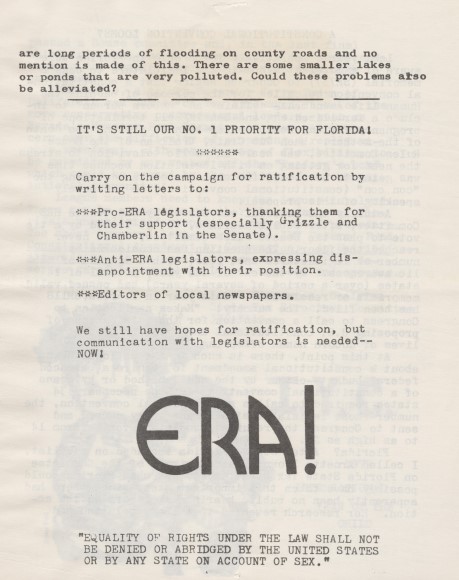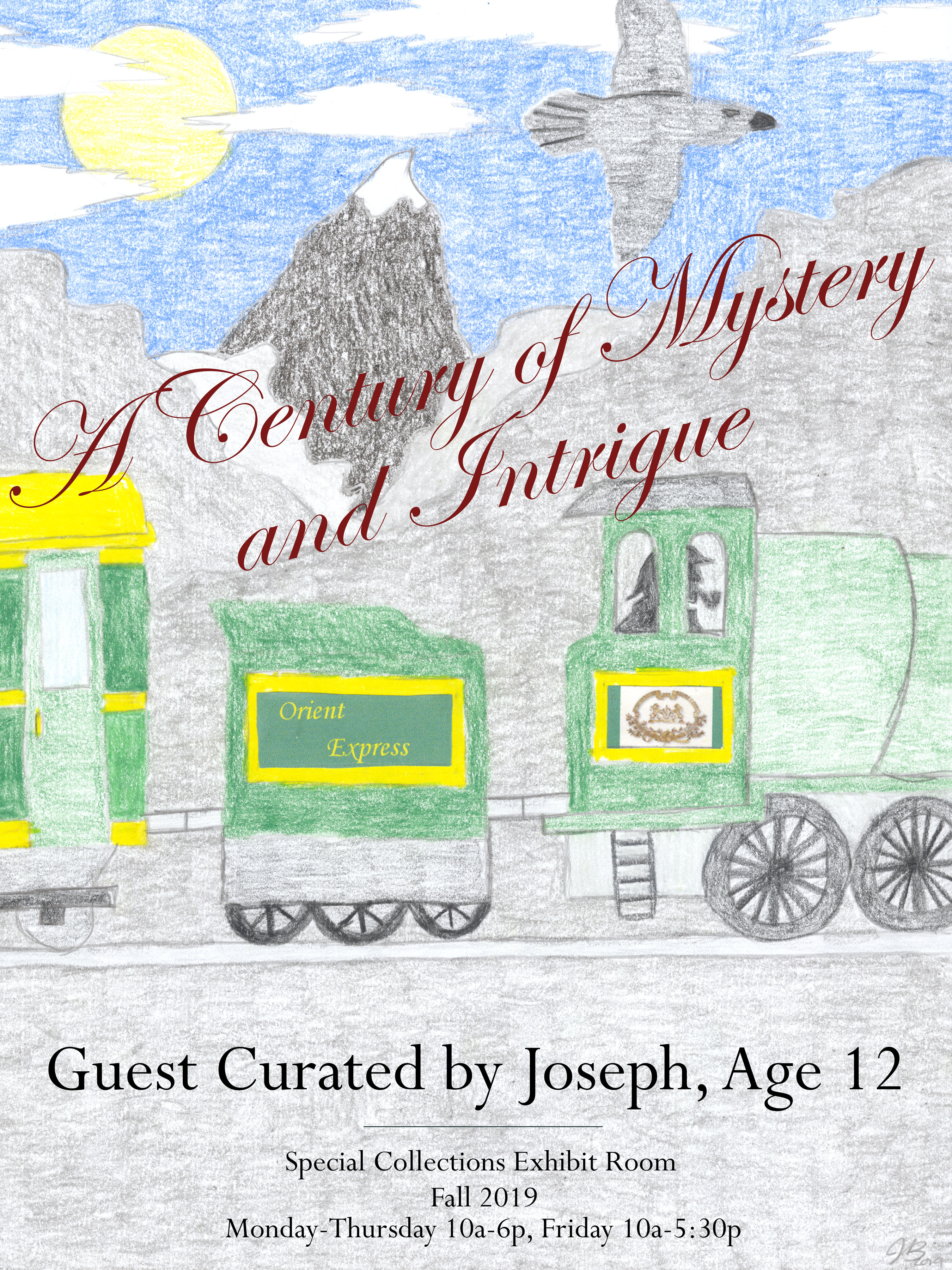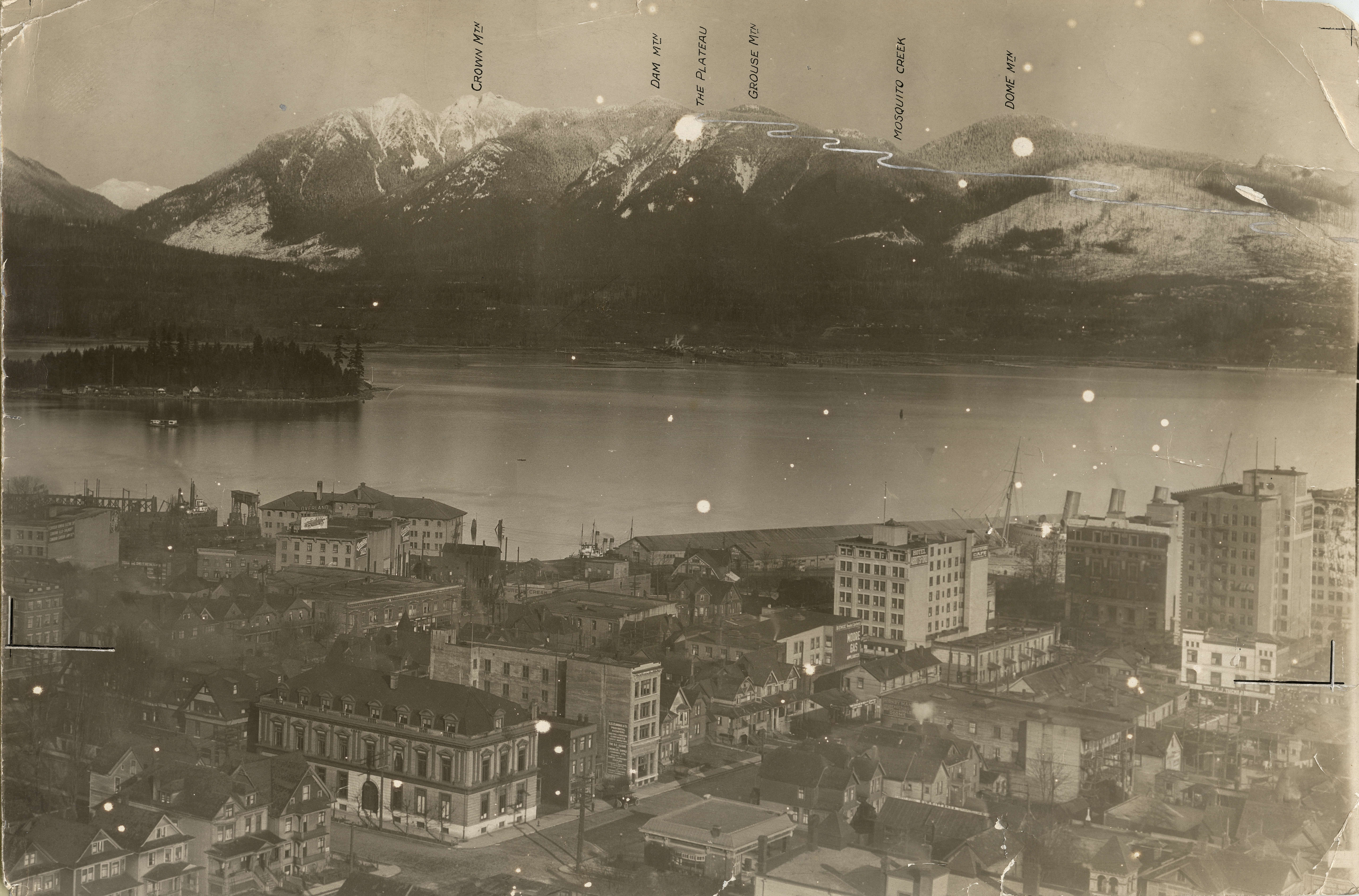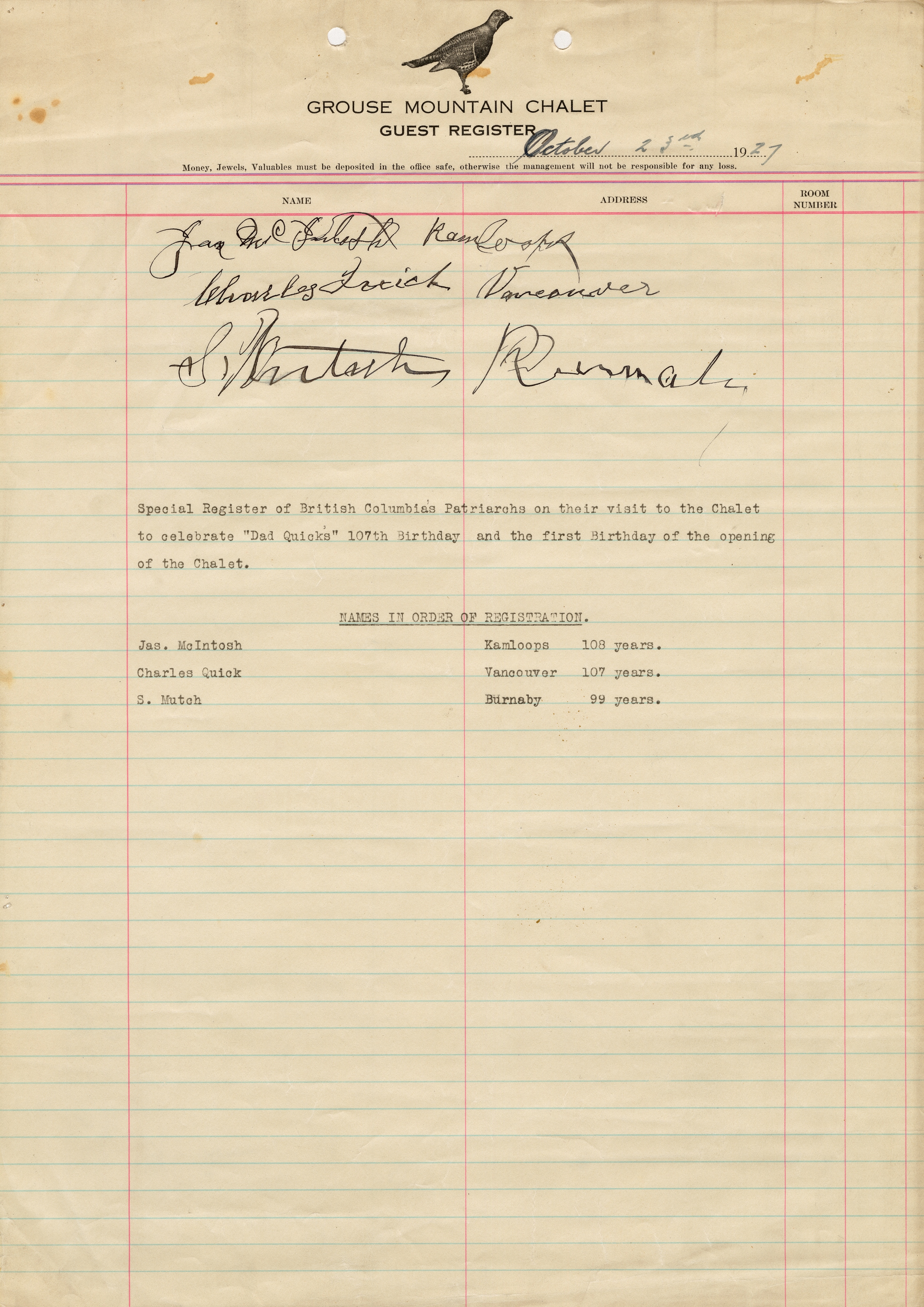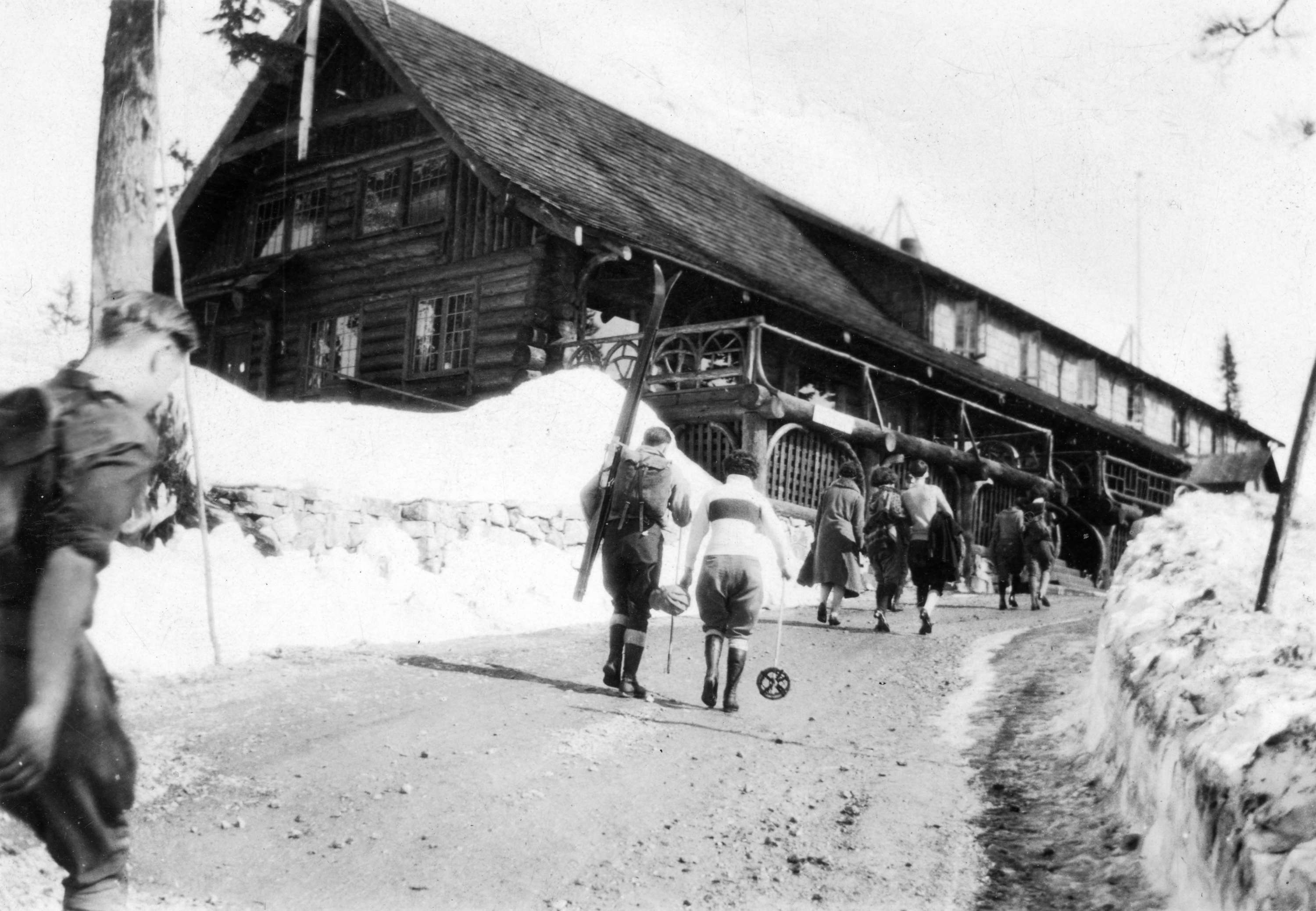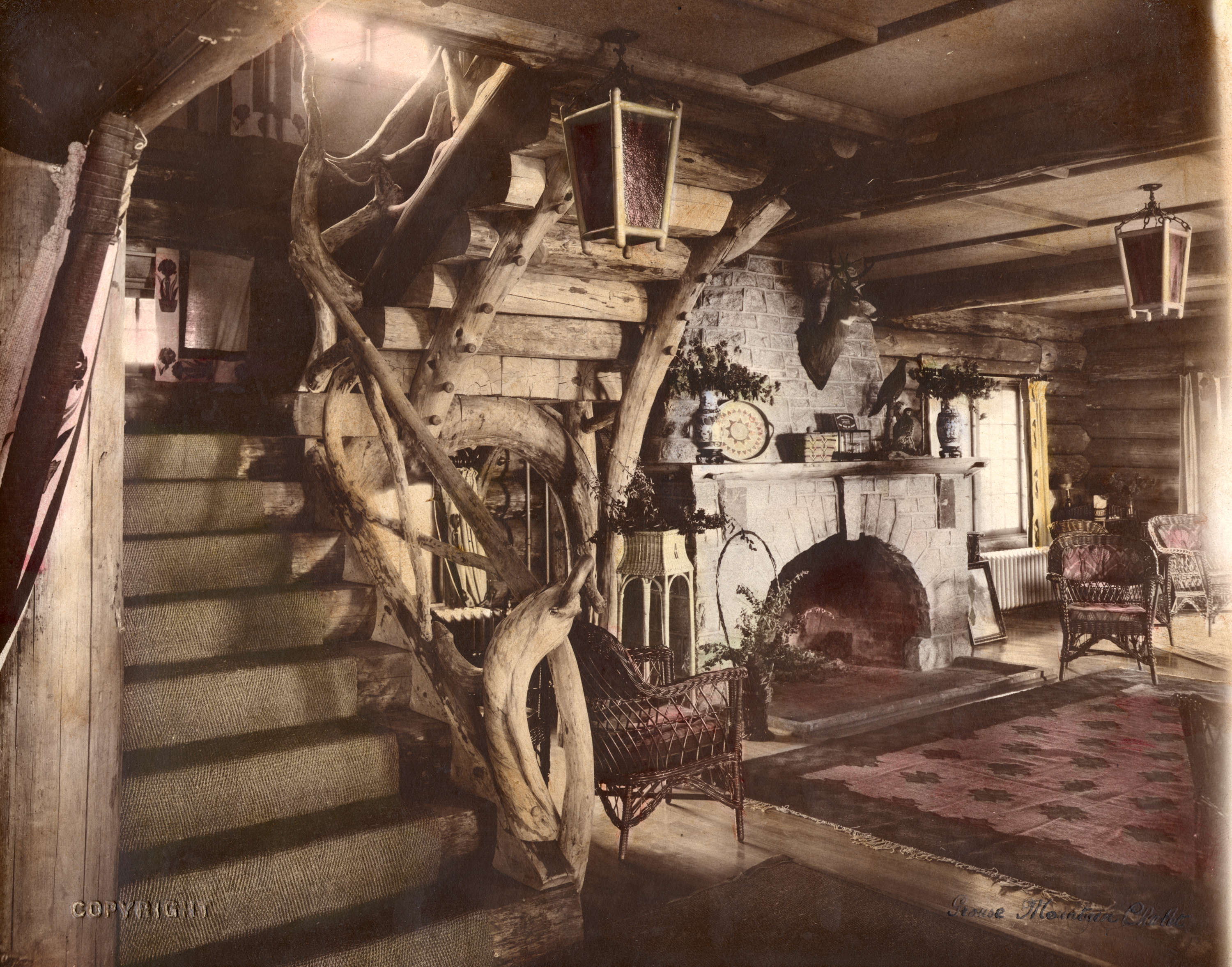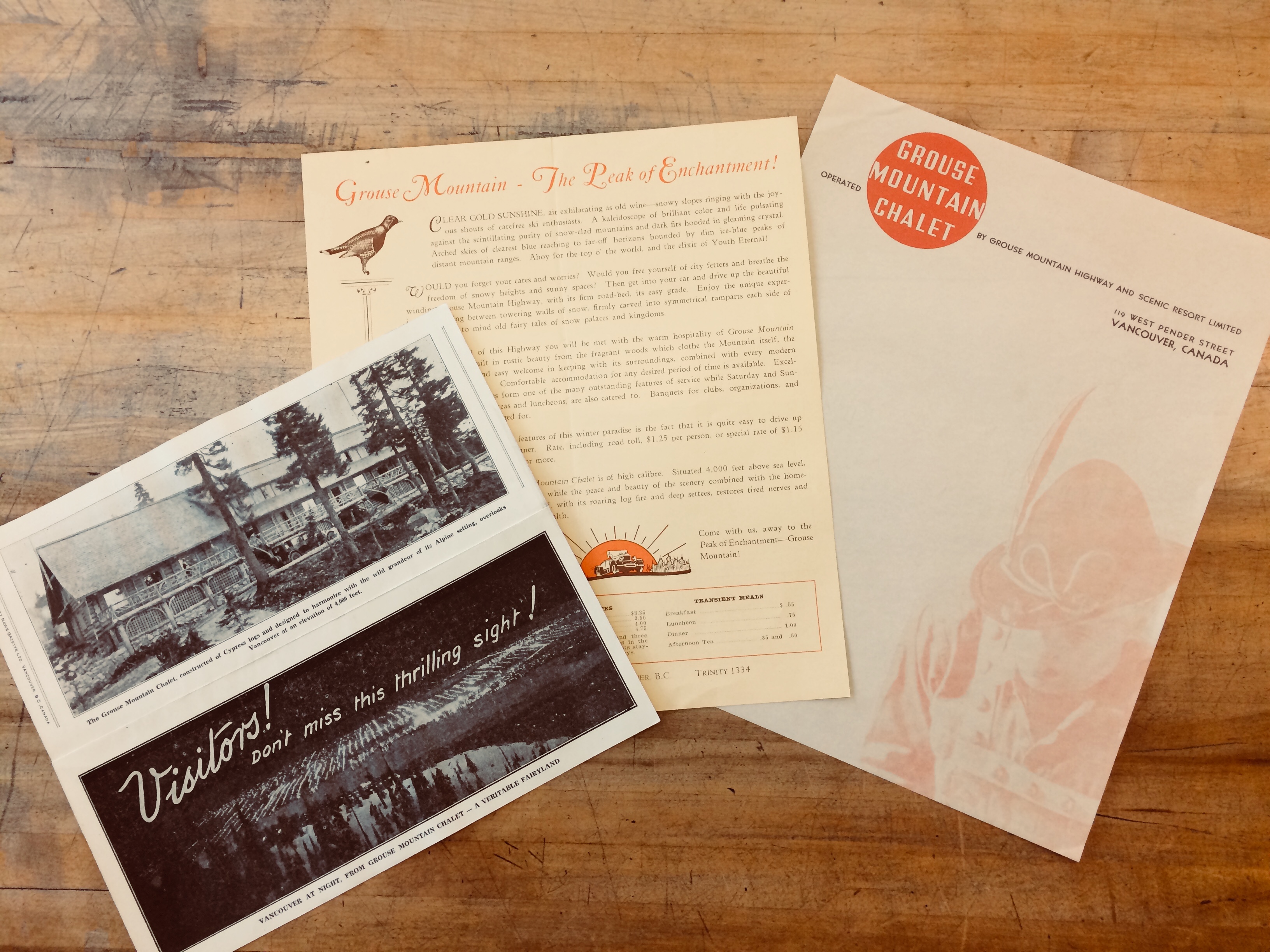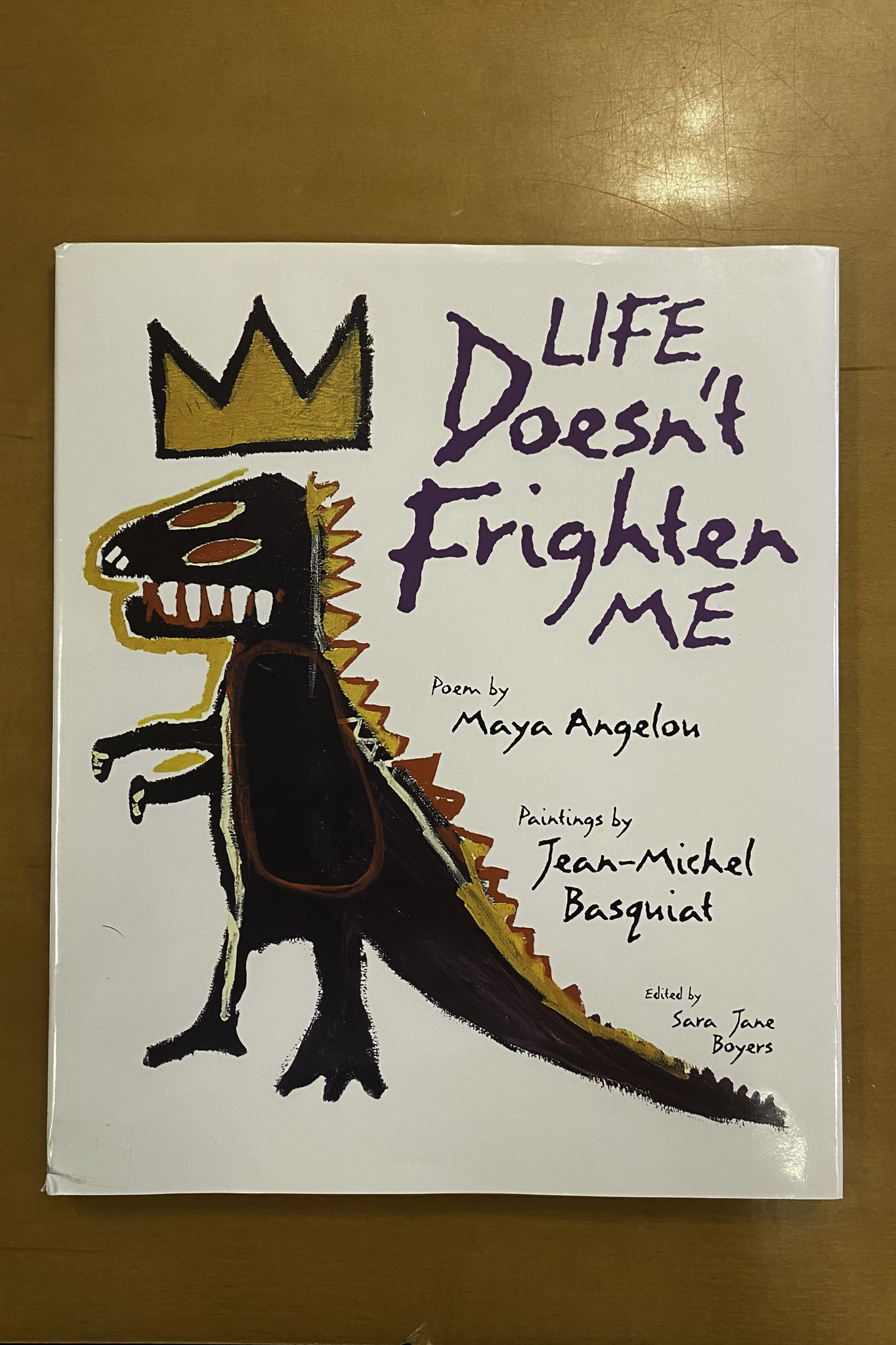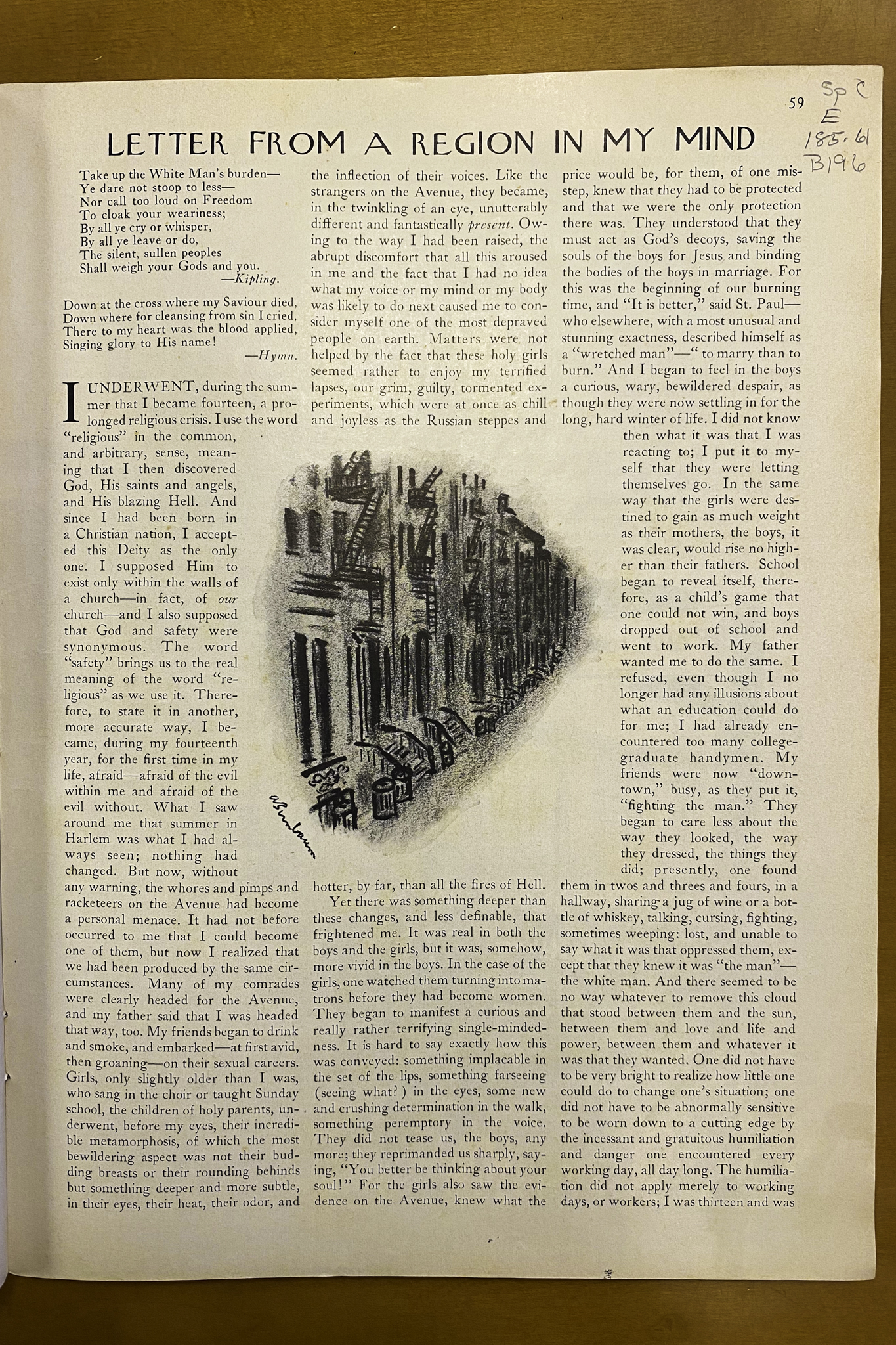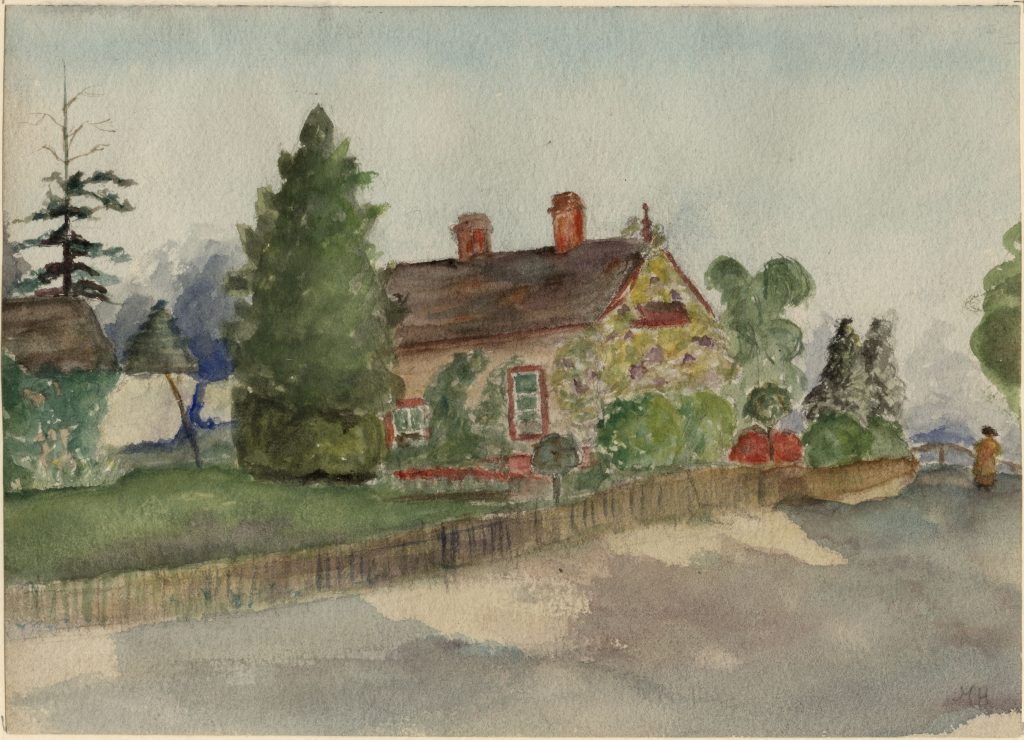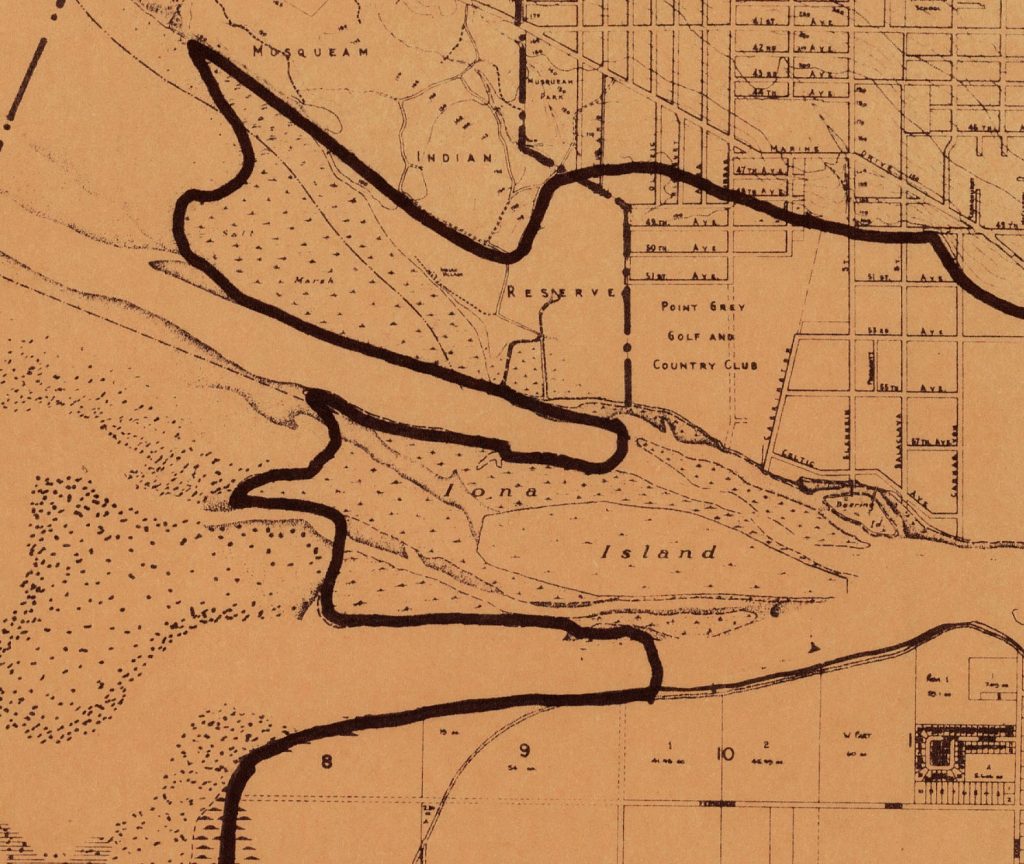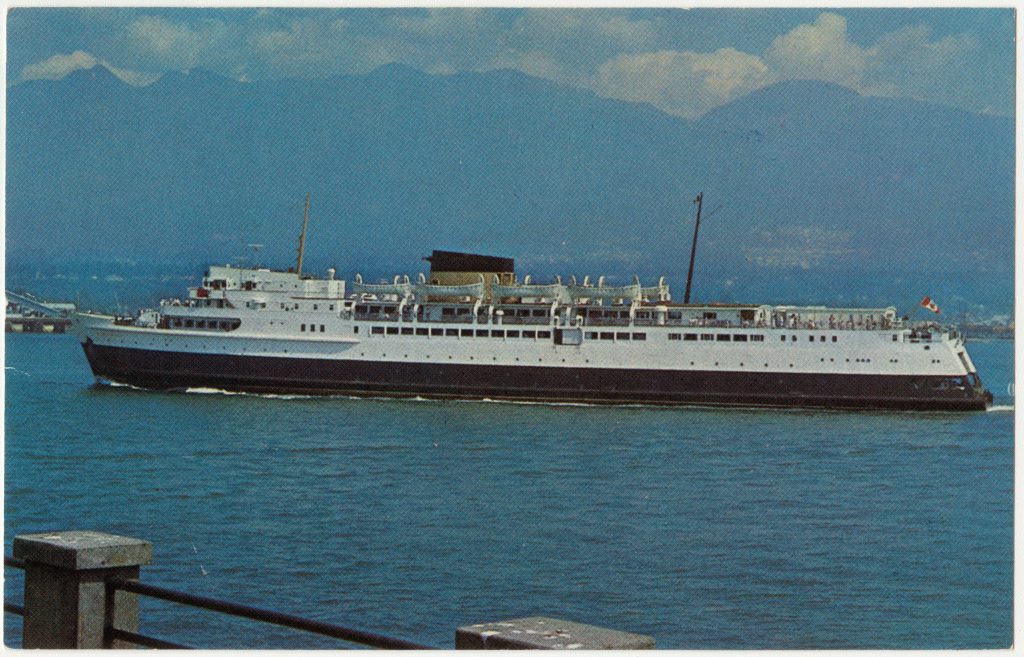From the November 1940 WQXR Program Guide:
Max Lincoln Schuster, of Simon & Schuster, would have been a musician if the attractions of printer’s ink had not won out. As a result, music is one of his deep interests and in this article he writes about what music means to him. Also, Mr. Schuster has just given expression to, another oi his activities by compiling and editing “A Treasury of The World’s Great Letters”, now a huge best-seller.
This is my first chance to set down in print, some of the experiences and appreciations of a typical and unashamed amateur who was thrilled several years ago to be an early discoverer of WQXR and is now proud to be a high-fidelity crusader for that station.
I am not only a non-professional in the field of music; I play not, neither do I sing. I thirst not for a sponsor, nor do I yearn for an audition.
Ever since I put away my youthful violin almost thirty years ago — I started from scratch at the age of seven — I have rigorously confined my musical activities to the art of listening. For three decades I have devoted myself to that art with an overmastering persistence; I practice it passionately, and still feel that I am just beginning to learn.
I served my apprenticeship in a music-loving home as a child: I took my preparatory courses in listening at Carnegie Hall, Town Hall, Aeolian Hall, and some of the most famous auditoriums in America and Europe; I took, postgraduate work in London and the old Vienna, did record-breaking research with the Victor Talking Machine Company and the Columbia gramophone. Just now my true Alma Mater, my favorite conservatory best-loved academy, is Station WQXR.
I belong, then, to a goodly fellowship — the invisible legion of listeners to whom this station is more than a broadcasting company, more than, a miraculous never-ending source of the ‘world’s best music,’ but ah: literally a habit, a sanctuary, and a way of life. For I invariably plan precious symphonic hours and programs of Kleine Nachtmusik around certain high, anticipations that tune in on my innermost wavelength when I check them off at the first of each month on the new program bulletin of the station. It is the most exciting mail that I receive twelve times a year — that little schedule of symphonies and concerts still to be heard.
There must be countless thousands who feel the same way. Many of them are my friends. It seems that warmest and wisest friends I have — whether the: amateurs, professionals, neophytes, virtuosi, engineers, or patrons in the world of music, or just miscellaneous men and women of goodwill — are almost without exception devoted and intensely loyal friends of WQXR
Each of them regards the station as a private and precious discovery of My own — a uniquely intimate attachment. It is a touchstone, a standard, a shared consecration.
One of the great teachers and true humanists of our time, Professor Irwin Edman, told me several years ago that WQXR was his secret vice. Now it is no longer a secret, for he has proclaimed it and apostrophized it eloquently in Philosopher’s Holiday.
My heart leaps up when I behold on the WQXR program bulletin the announcement of the Seventh Symphony of Schubert, or his great quintet with the second ‘cello, or the Forellen, or the Death and the Maiden Quartet—and I check off another inviolable hour with WQXR.
When I see the Schubert Trio in B-flat major scheduled, I make a double star on the calendar for that day. When I find, any of the nine Beethoven symphonies on the list, or any of his great piano concertos — especially the Emperor or the Fourth — I know another uninterruptible and glorious WQXR evening is in store for me.
Almost anything by Bach, almost anything by Mozart, fills me with a princely expectation. Then I have certain special, deeply-cherished favorites which the station pours out for my enjoyment with recurrent profusion — the Italian Symphony of Mendelssohn, the Rachmaninoff –Plano Concerto No. 2, the Grieg Sonata for Piano and Violin, the Sibelius Second Symphony, the Paganini Violin Concerto, the Slavonic Dances and the Third Symphony of Brahms, to mention, just an infinitesimal but representative few.
I was initiated to the world of music in my childhood by four geniuses — John Philip Sousa, Johann Strauss, Irving Berlin, and Ludwig van Beethoven — each a supreme master in his own field. I was a slave of the mighty Fifth Symphony — the indestructible Fifth, as Henry Simon calls it — at the age of sixteen. But, with all my concert-going, with all my phonograph records, with all my musical friends, with a musical adulthood of deep intensity, I never heard the Seventh Symphony of Schubert — the heaven-shattering C major — until I was thirty-five years old: I never heard the Second Symphony of Beethoven — now one of my ever-haunting favorites — until I was twenty-eight; the Fourth, of Beethoven, the Second of Beethoven, and countless works of Bach and Handel and Purcell and Vivaldi — now part of my most sacred musical treasures — came even later; many of them I heard first over WQXR, and all of them I hear over and over again through, that station. I missed those glorious experiences through the years of my youth and early manhood, because WQXR was not then in existence. Fifty years is little room to hear the Seventh, of Beethoven or the Seventh, of Schubert; thanks to WQXR, I can now make up for lost time at a geometric rate. For me the Gates of Paradise are wired for sound — and attuned to 1550 kilocycles.

